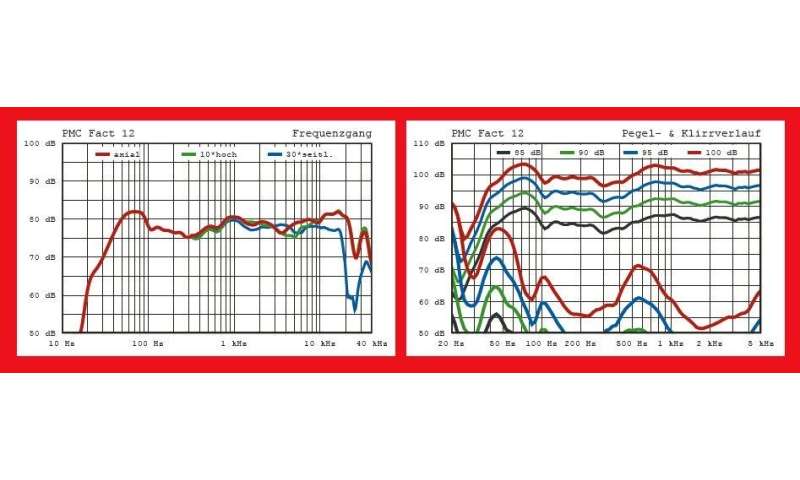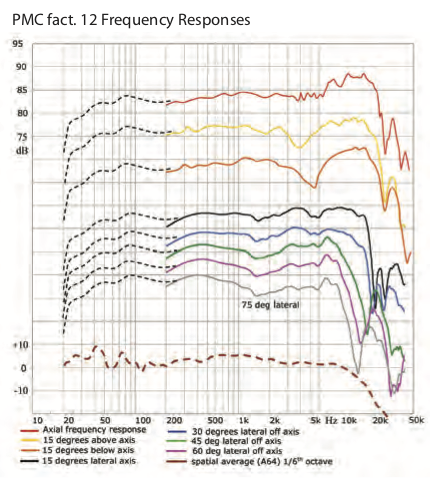Someone mentioned bass quality, as if it is a singular dimension. I think not. To me, bass (f<200Hz) has four critical components, in no particularly order of importance:
(1) Extension - how low can it go. Whilst reaching 20Hz might be a goal, it is not necessary. 40Hz is plenty to reproduce most of the fundamental notes of acoustic instruments. In any case, the room and its inherent LF gain must be taken into consideration for actual in-room extension.
(2) Transient - how quickly notes can start and stop. Some might relish trouser-flapping bass, but I like mine crispy. It's no secret that I'm very partial to sealed loudspeaker systems.
(3) Impact - it's the difference between hearing and feeling. Real bass is visceral, and this is where there is no replacement for displacement. Coincidentally, most of the bass gravitas that we all love occurs in the mid-bass from 80Hz to 120Hz.
(4) Tonality - how evenly spread are the room modes/nodes so certain notes don't go missing and others become dominant. This is exceedingly difficult to get right in an unsympathetic room, and will frustrate even the most expensive hifi and its fervent owner.
So, in conclusion, the loudspeaker size and design matter, and so does the room.



